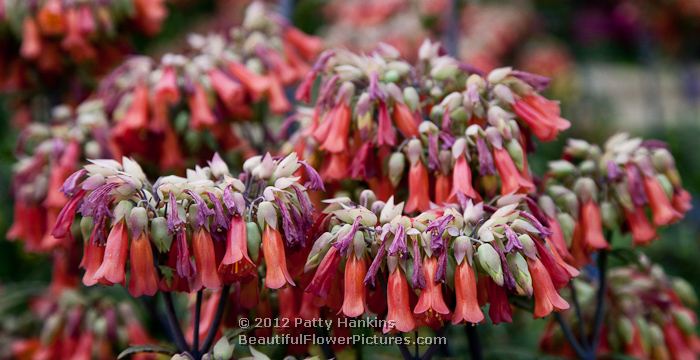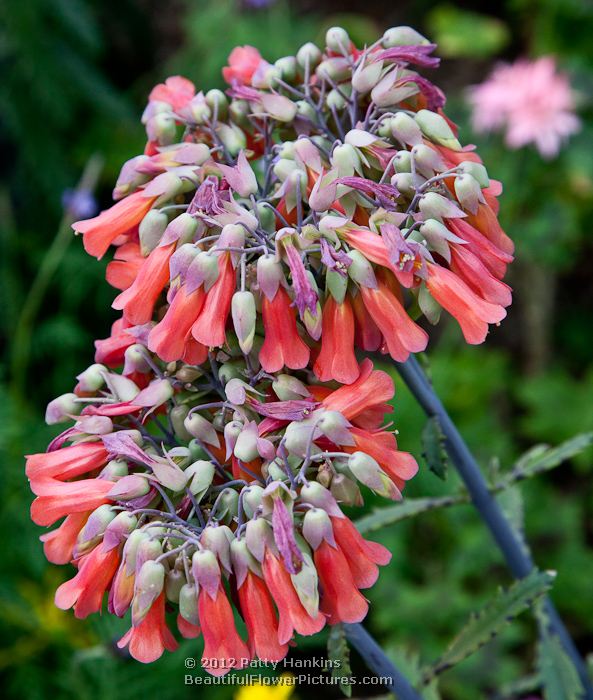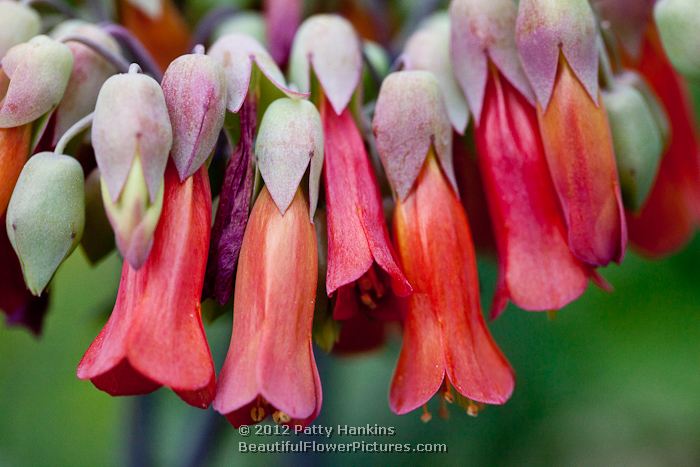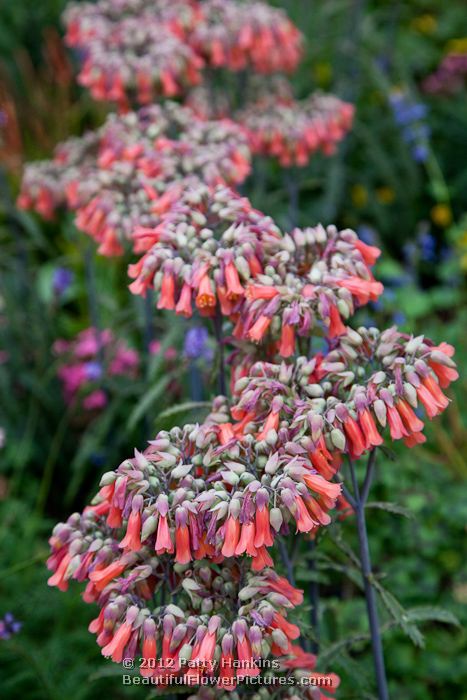Mother of Thousands plants are one of those plants that once you know what they are – you never forget them. From the combination of colors in the flowers to the structure of the plants – they are unforgetable!
Members of the stonecrop (crassulaceae) family, the variety I photographed are related to a plant native to Madagascar. The cultivated garden variety has significantly more flowers on each stalk than any photo I’ve seen of the native variety. The ones I photographed were identified at Kalanchoe X houghtonii.
Care should be taken if you have either the native or cultivated varieities of the plant in your home. All parts of the plants are poisonous. It can be fatal to small children and animals if ingested. Some sites recommend wearing gloves when handling the seeds.
In places where Mother of Thousands is not native – it can quickly become a noxious invasive species. Each of the thousands of seeds can quickly grow into a full sized plant spreading more seeds. Each unwanted plant needs to be removed by hand – making sure not to knock any seeds onto the ground – or else new plants will sprout. The plants should not be added to compost piles – or else the seeds will spread when the compost is used.




Very nicely done. Were these photographs taken at Longwood Gardens?
Yes – at Longwood earlier this month. Most of the Mother of Thousands plants were in the Mediterranian Garden.